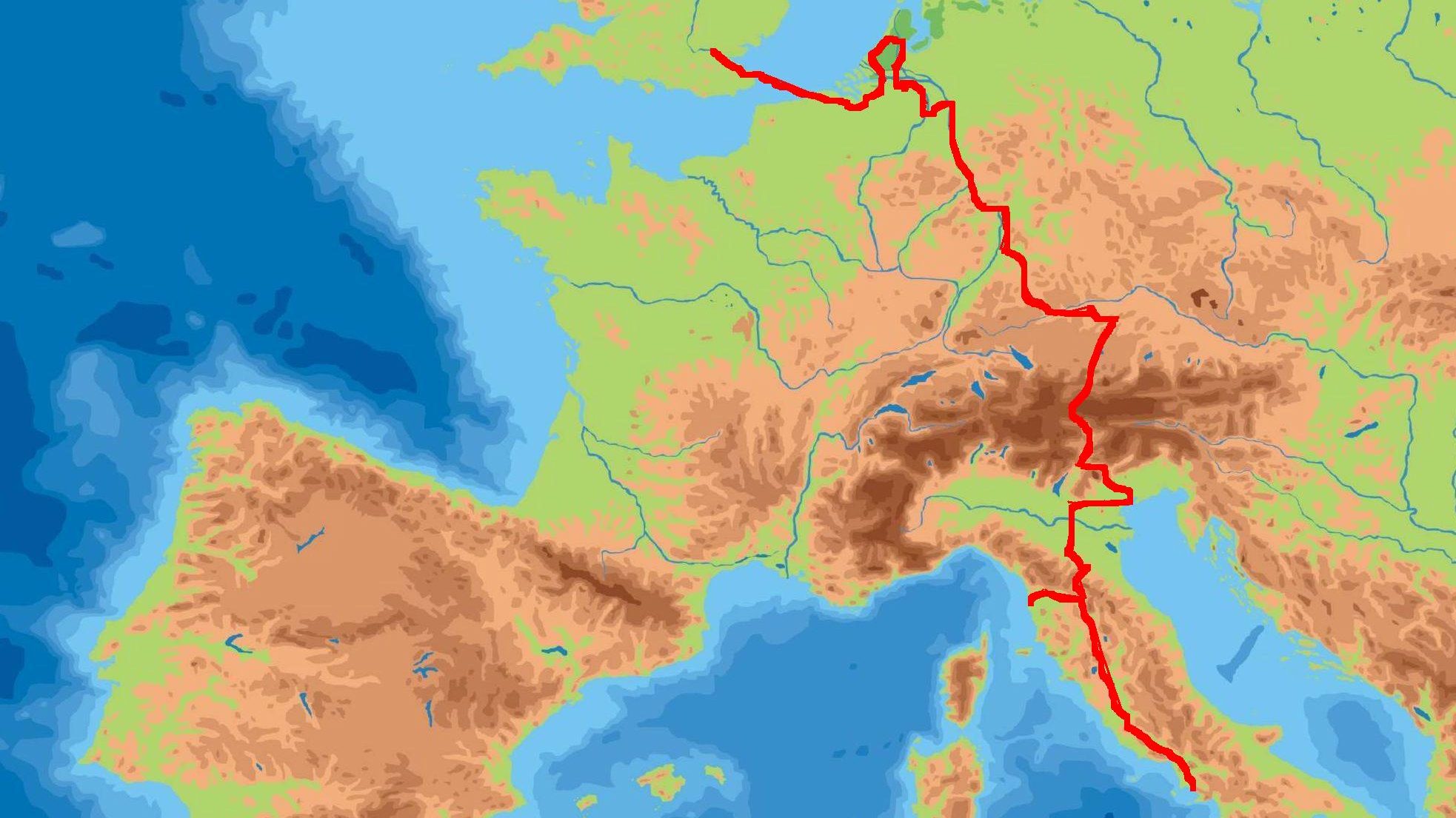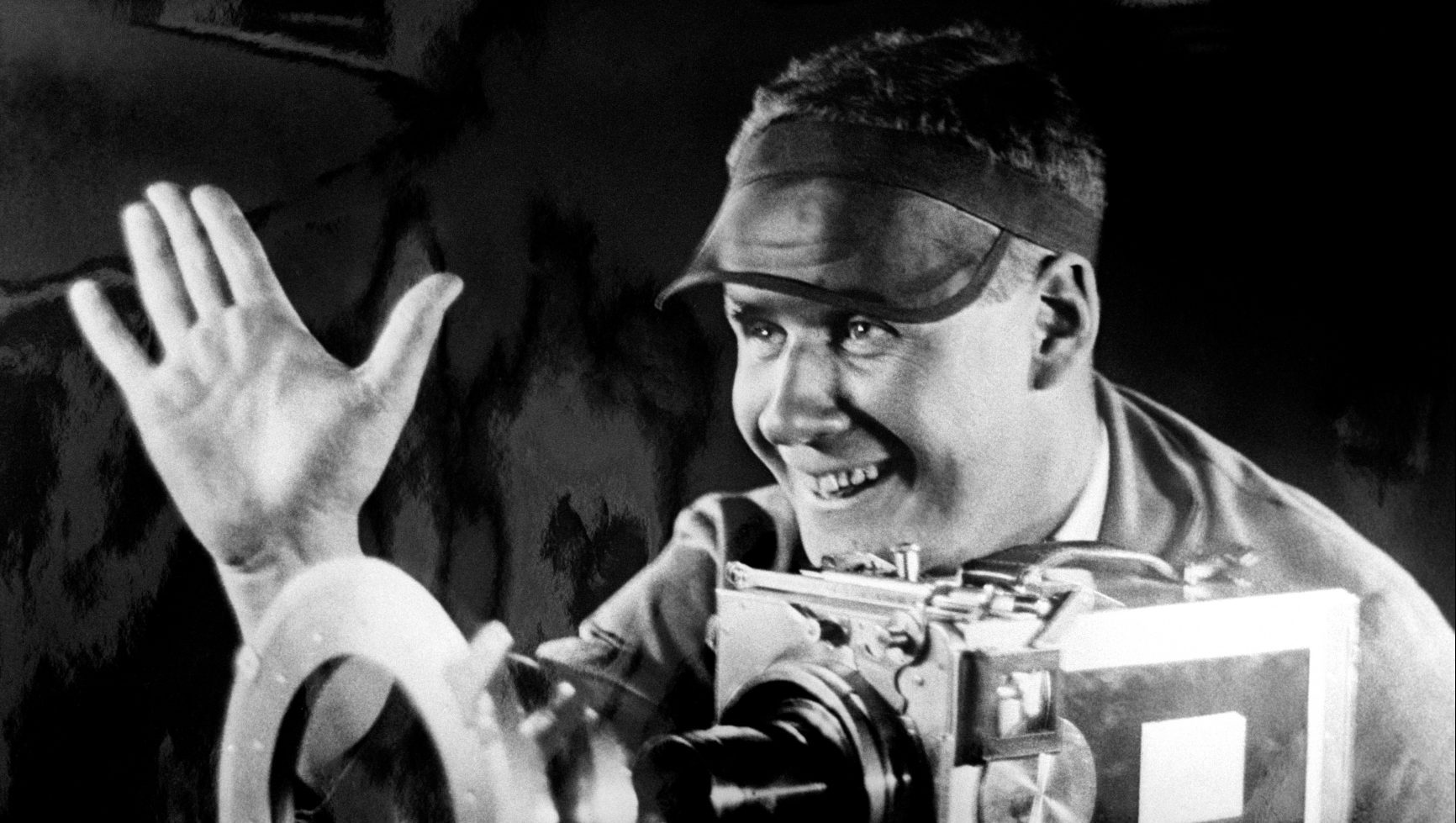“The Grand Tour” was the term used for the supposedly educational European journeys undertaken by wealthy, mostly male, upper-class
young people between the 1550s and 1850s.
The main routes which were followed by English and Scottish Tourists, who
were typically accompanied by a tutor, lay through Paris to Rome, but could
also include the Low Countries, Germany and Switzerland, and latterly might even extend to Greece. Young German, French, Italian, Dutch and
Danish people also set off on similar trips.
The Tour might last for two or three years. The travellers were intended to
benefit from exposure to the cultures and customs of Western European “polite society”.
They should witness at first hand the architectural and artistic
accomplishments of the Renaissance, as well as the cultural legacies of
antiquity, their basic education having focussed on the histories of Greece and Rome and the Ancient Greek and Latin languages.
Linguistic aspects of the Grand Tour are the subject of a fascinating 2020
book by the linguist Arturo Tosi, Language and the Grand Tour: Linguistic
Experiences of Travelling in Early Modern Europe.
This is a very pleasing work for people interested in language, who are
often frustrated by the lack of crucial linguistic information provided by
journalists and historians.
For example: in 1554, King Philip of Spain married Queen Mary Tudor of
England, but Philip couldn’t speak English, and Mary couldn’t speak Spanish – so how did that work?
At Yalta, Roosevelt and Churchill were native English speakers, but Stalin
didn’t know the language – how important was that?
Tosi has most enjoyably answered linguistic questions like this about the
Grand Tour, based on his extensive research into the diaries and letters of
Tour participants and observers.
These suggest, amongst many other things, that the linguistic abilities of
the gilded youth of England could be deeply unimpressive.
Lady Montagu wrote home from 19th century Venice that the young
Englishmen there were “the greatest blockheads” who “kept an inviolable
fidelity to the languages their nurses taught them”.
We are perhaps reminded that statistics from 2016, ranking European
nations according to the number of working-age citizens with a knowledge
of at least one foreign language, placed the UK 34th out of 34, below Bosnia,
Albania and Romania.
But it wasn’t always so. Throughout the 1500s, the English upper classes
spoke Latin fluently and correctly. In the early days of the Tour, it was their
ability to converse readily in Latin which opened up the salons of the
European aristocracy to them. And it was not just toffs who could speak Latin.
Coachmen, who had frequent contact with travellers, and soldiers, who often led a nomadic existence, were amongst members of the lower classes who could converse in some form of Latin.
But the decline in the use of Latin as the Western European lingua franca did then cause travellers from Britain difficulties.
By the late 17th century, Edward Browne, the Norwich-educated doctor and son of the famous Sir Thomas, was expressing disappointment about the Paris lectures delivered by the renowned scientist Guy Patin, which he could not understand because they were presented mostly in French and not in Latin, as he had expected. To give one Englishman his linguistic due, Browne was ready to use his Latin, while the Frenchman was not.
TOFF
Toff, meaning an upper-class or posh person, is a word not generally known to Americans. This is possibly (although nobody is at all sure) because it is derived from the word tuft, which was used in 19th century Oxbridge to refer to the gold tassel worn by aristocratic students on their caps.




